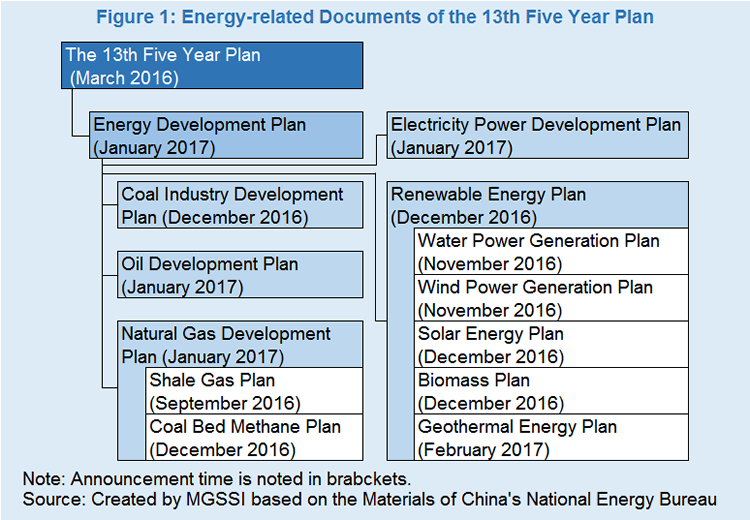China Surpasses 2030 Solar and Wind Capacity Target Six Years Early, Underpinning Energy Abundance

China has significantly accelerated its renewable energy development, achieving its ambitious 2030 target of 1,200 gigawatts (GW) of combined solar and wind capacity by the end of 2024, six years ahead of schedule. This rapid expansion is a cornerstone of Beijing's deliberate "energy abundance" policy. As social media commentator Teortaxes▶️ stated in a recent tweet:
"China is not just 'accidentally correct' about power generation, they have a coherent energy abundance policy and solar is just one component in it." This perspective highlights the strategic depth behind the nation's success in meeting its vast and growing energy demands.
China's energy strategy, articulated by President Xi Jinping, prioritizes energy security and abundance, driven by national security and economic growth imperatives rather than solely climate concerns. The nation invested an estimated $818 billion in clean energy in 2024, with its clean energy sector contributing approximately RMB 11.4 trillion (US$1.6 trillion) to the economy in 2023. This substantial investment supports a comprehensive transition towards a cleaner, more self-reliant energy system.
In 2024 alone, China added a record 278 GW of solar and 79.8 GW of wind capacity, demonstrating its commitment. This surge has enabled clean electricity to meet over 80% of the country's surging electricity demand. The "new three" industries—photovoltaic cells, lithium batteries, and electric vehicles—are central to China's economic vitality and global dominance in green technologies.
While solar is a key component, China's energy abundance policy is multifaceted, extending beyond just renewable generation. It includes significant investments in hydropower, advanced grid infrastructure like ultra-high-voltage (UHV) transmission lines to move power from resource-rich western regions to demand centers in the east, and the development of critical mineral supply chains. The nation also maintains deep coal reserves as a strategic fallback, following a "first build, then destroy" approach for its energy transition.
This coherent energy abundance policy aims at reducing reliance on foreign fossil fuels and ensuring stable power for its massive manufacturing sector. This long-term vision positions China as a global leader in renewable energy deployment and innovation. The country's policy framework has evolved from feed-in tariffs (FiTs) to market-driven mechanisms like Renewable Portfolio Standards (RPS) and Green Electricity Certificates (GEC) to further incentivize renewable energy consumption. These policies aim to balance rapid growth with efficient utilization and integration into the national grid, despite challenges like the geographical mismatch between renewable generation and consumption.